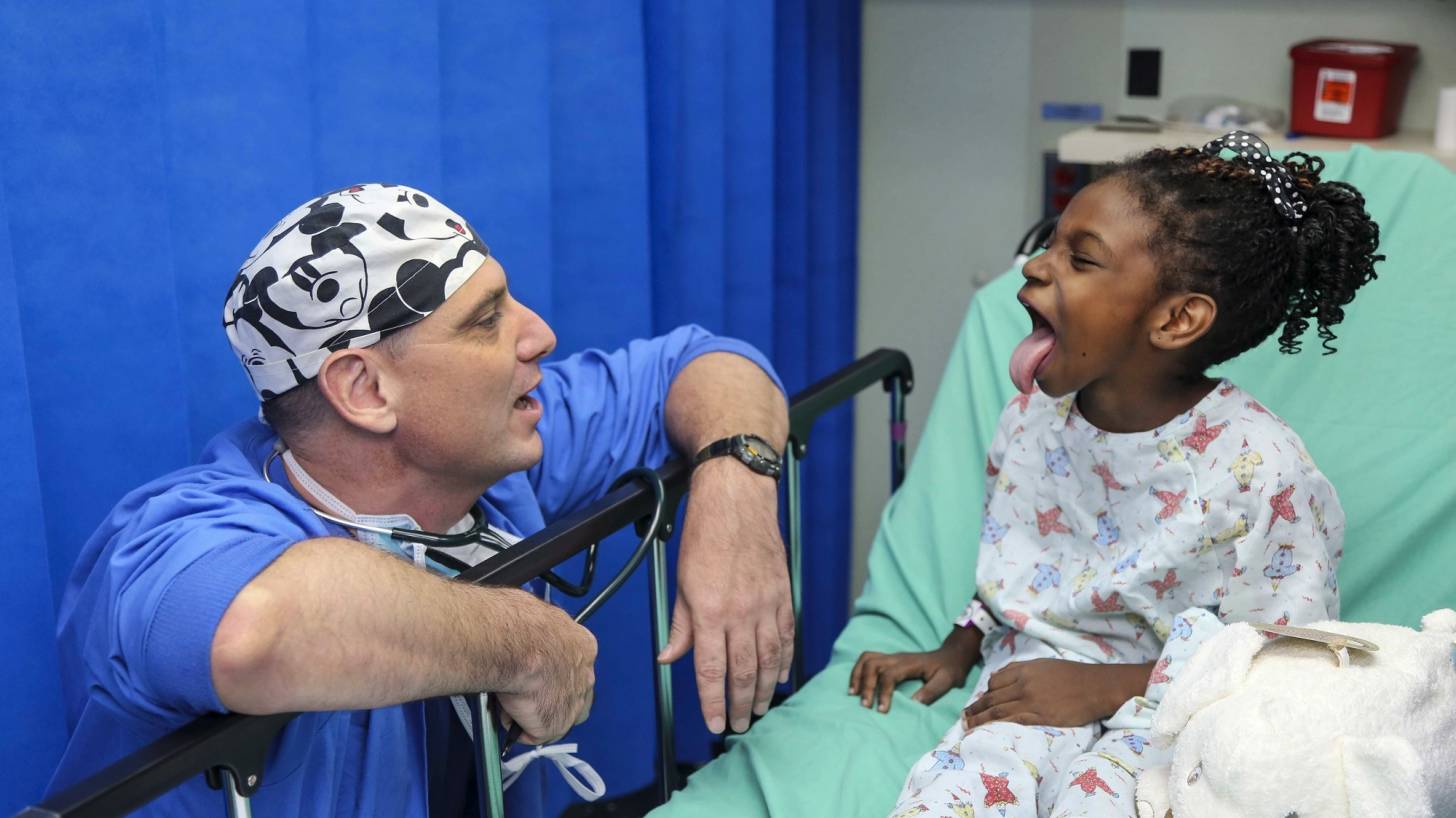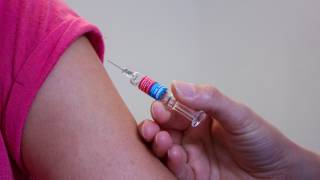Under-Vaccinations May Cost $500 Million Annually

Do anti-vaxer’s increase hospitalizations and costs to the health system? According to a new report, vaccine preventable diseases are clogging Australia’s hospitals and putting a massive burden on the public health budget.
This Australian report says there were nearly 680,000 hospitalisations for 22 conditions for which hospitalization is considered potentially preventable during 2015-2016.
This represented 6% of all hospital admissions to a public or private hospital in Australia.
The average length of stay in a hospital for a vaccine-preventable disease was 6.7 days per patient, according to The Australian Institute of Health and Welfare’s new Healthy Communities report into Potentially Preventable Hospitalisations in 2015-16.
The Australian government estimates the average stay in a hospital for one night ranges between $1,100 and $1,500. This calculates the additional cost to the public health budget for vaccine-preventable diseases may exceed $500 million each year.
This report provides information on 22 conditions for which hospitalization is considered to be potentially preventable. The term potentially preventable hospitalization does not mean that a patient admitted for that condition did not need to be hospitalised.
Rather, the hospitalization may have been prevented by timely and appropriate provision of primary or community-based health care. Reducing hospitalizations might involve vaccination, early diagnosis and treatment, and/or good ongoing management of risk factors and conditions in community settings.
According to the Centers For Disease Control and Prevention (CDC), most vaccine-preventable diseases are spread from person to person. If one person in a community gets an infectious disease, he can spread it to others who are not immune.
But a person who is immune to a disease because she has been vaccinated can’t get that disease and can’t spread it to others. The more people who are vaccinated, the fewer opportunities a disease has to spread.
Before the middle of the last century, diseases like whooping cough, polio, measles, Haemophilus influenzae, and rubella struck hundreds of thousands of infants, children and adults in the U.S.
Thousands of people died every year from these diseases.
As vaccines were developed and became widely used, rates of these diseases declined until today most of them are nearly gone from our country.
Nearly everyone in the U.S. got measles before there was a vaccine, and hundreds died from it each year. Today, most doctors have never seen a case of measles.
More than 15,000 Americans died from diphtheria in 1921, before there was a vaccine. Only two cases of diphtheria have been reported to the CDC between 2004 and 2014.
An epidemic of rubella, known as German measles, in 1964-65 infected 12½ million Americans, killed 2,000 babies, and caused 11,000 miscarriages. Since 2012, 15 cases of rubella were reported to the CDC.
The CDC says vaccines are our best defense against infections that may have serious complications such as measles, mumps, rubella (German measles), varicella (chickenpox), hepatitis A, hepatitis B, diphtheria, tetanus, pertussis (whooping cough), Haemophilus influenza type B (Hib), polio, influenza (flu), rotavirus, and pneumococcal disease.
Our Trust Standards: Medical Advisory Committee
























